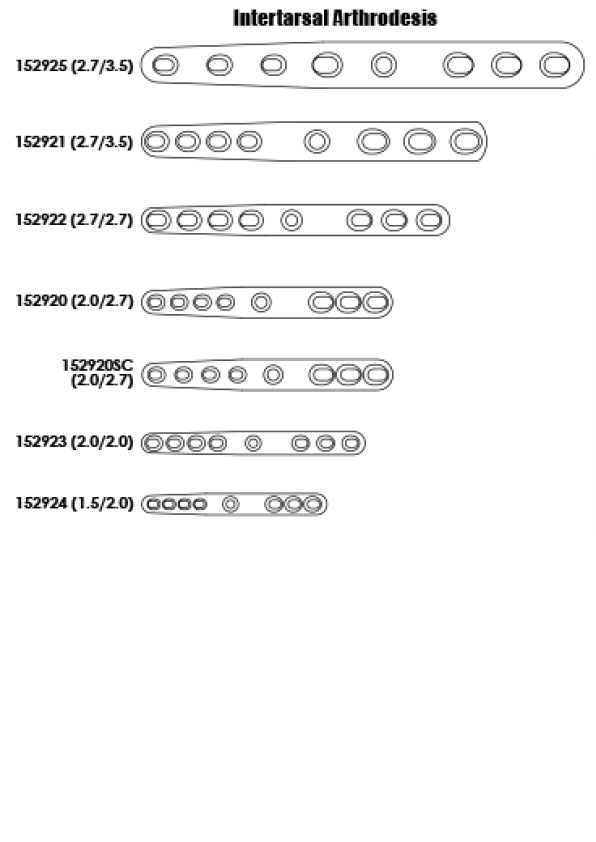Vi Design Lab
Either collaborating with globally respected partners or changing the game on our own, we were the first to create instruments and implants specifically for vets.
And we’ve been first to make a difference ever since ...
The veterinary profession continues to develop, with practitioners and practices demanding ever better clinical outcomes.
Answering these increasingly diverse needs our Vi design team continue to work alongside leading veterinary surgeons to develop the most comprehensive range of instruments, implants and equipment available.
If you have a challenge or project that you would like to talk to the design team about contact a Vi Advisor to see how we can help info@vetinst.com
Partial tarsal

Problem
Where the tibio-tarsal joint can be preserved, intertarsal arthrodesis is preferred to pantarsal arthrodesis, allowing a near normal range of motion to be maintained.
Solution
Many of the early partial tarsal arthrodesis plates were modified pancarpal plates with length adjustments made to squeeze them onto the lateral aspect of the limb. For most patients, the use of modified pancarpal plates results in sub-optimal screw placement with the biggest criticism being that the spacing of the holes for engaging the fourth tarsal bone and the proximal metatarsal bone was too great. Site specific plates provide a very much better fit. In 2013, with the help of Geoff Robins, we extended our range of partial tarsal plates by another four sizes to cover much more of the population.
Partial Tarsal Arthrodesis Plates
Hybrid plates are very helpful in permitting larger diameter screws to be used in the calcaneous and smaller diameter screws to be used in the metatarsals. Hybridisation is also helpful for thinning the plates distally, aiding closure of soft tissues.
Feature
Our partial tarsal plates all now have a rounded proximal end to limit damage to overlying soft tissues.
New
Occasionally we still find surgeons with patients where current sizes do not fit. If you are one of these surgeons please follow the lead of Alex Li and get in touch with us. The new 152920SC (the SC stands for ‘short calcaneous’) came about as an answer to his direct clinical requirement and is now a stock item and ready for immediate dispatch for other patients.
